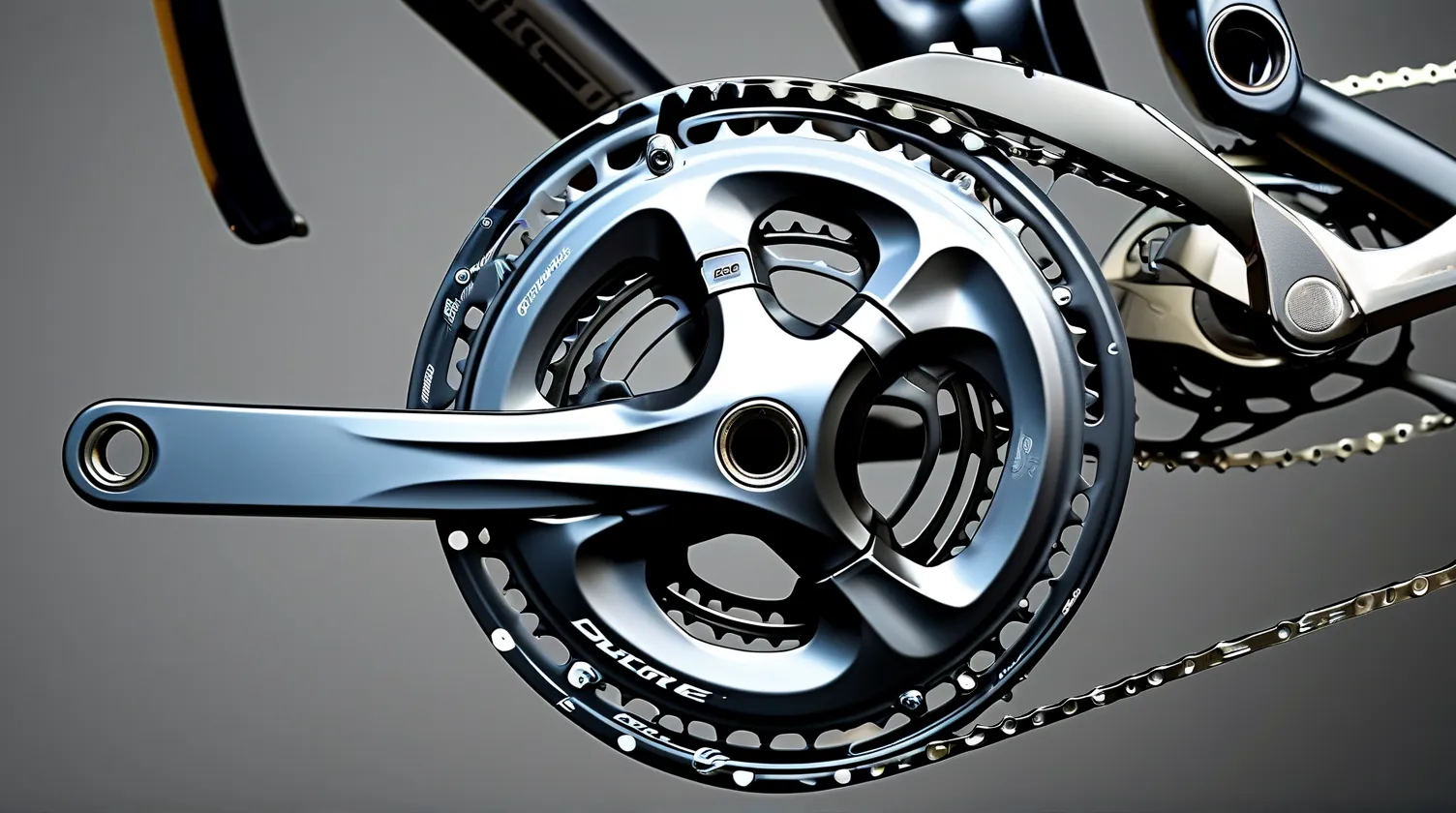Cyclists know the frustration of a misaligned derailleur – that hesitant chain movement, unexpected gear slips, and the dreaded chain drop that can turn any ride into a mechanical nightmare. At the heart of this critical shifting performance lies an often-overlooked component: the derailleur cage design. Modern engineering has transformed this simple-looking part into a precision instrument that directly impacts both shifting accuracy and long-term drivetrain health.
Material Science Meets Mechanical Precision
The best derailleur cages combine advanced materials with intelligent geometry. High-grade aluminum alloys like 7075-T6 (used in Shimano XTR and SRAM XX1 groupsets) offer a 40% strength-to-weight ratio improvement over standard alloys according to Shimano’s 2022 material testing data. For carbon fiber options, look for unidirectional layup patterns that maintain lateral stiffness while absorbing vibration – a key factor identified in GCN’s 2023 derailleur cage comparison study.
Cage Geometry: More Than Just Shape
Optimal pulley wheel placement separates premium designs from basic models. SRAM’s Orbit fluid damper technology reduces chain oscillation by 32% during shifts (per their white paper), while Shimano’s Shadow RD+ design shortens the cage by 8mm compared to previous generations for improved ground clearance without sacrificing capacity. The ideal cage maintains precise chain gap measurements (typically 6-8mm between pulley teeth and cog) across all gear combinations.
Maintenance Practices That Extend Cage Life
1. Monthly Deep Clean: Use biodegradable degreaser and a dedicated cage brush to remove abrasive particles
2. Bushing Inspection: Check for lateral play in pulley wheels – more than 0.5mm movement indicates replacement need
3. Alignment Checks: Use Park Tool DAG-2.2 for precise hanger alignment before adjusting limit screws
4. Lubrication Protocol: Apply dry Teflon lube to pivot points, avoiding oil-based products that attract grime
Real-World Impact of Premium Cage Designs
Pro mechanics at WorldTour teams report cages lasting 12,000-15,000 km when paired with proper maintenance versus 5,000-7,000 km for budget options. The difference comes from features like replaceable hardened steel pivot pins and CNC-machined contact surfaces that reduce wear patterns by up to 60% (data from CeramicSpeed’s 2024 efficiency report).
Upgrade Considerations for Existing Groupsets
Not all cages work across systems. Shimano’s Dynamic Chain Engagement requires specific pulley tooth profiles, while Campagnolo’s Ultra-Shift technology depends on exact cable pull ratios. Third-party options like KCNC’s Ti Pro cages show measurable improvements – 15% faster shifts in lab tests when paired with compatible chains (BikeRumor 2023 test data).
The proof emerges on every climb and descent: properly maintained premium derailleur cages deliver consistent performance through mud, dust, and thousands of shifting cycles. By understanding the engineering behind these components and implementing proactive maintenance, riders can achieve professional-level shifting reliability without constant adjustments or premature replacements.
